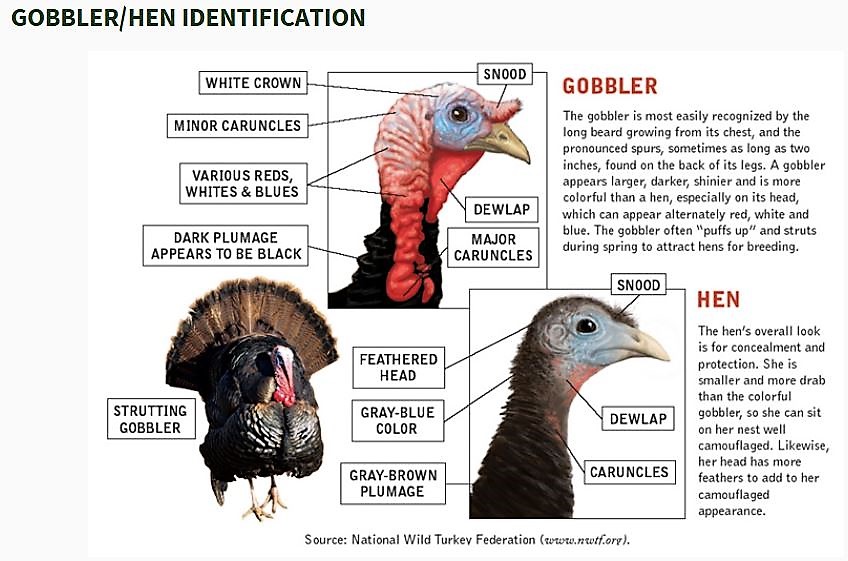When it comes to choosing the perfect turkey for your holiday meal or dinner one of the most common questions is whether a hen or tom turkey will be more tender and flavorful. The debate between hen vs. tom can be confusing as both types of turkeys have their own unique qualities. In this article, we’ll break down the key differences and similarities to help you determine which variety of turkey is ideal for your needs.
Understanding Hen vs. Tom Turkeys
First, let’s clarify what exactly is meant by the terms “hen” and “tom”.
-
Hen turkeys are female turkeys. They are typically smaller in size, weighing between 5 to 12 pounds.
-
Tom turkeys are male turkeys. They tend to be much larger than hens, averaging between 11 to 24 pounds.
The sex designation of “hen” or “tom” on the label is optional and refers mainly to the size of the bird rather than any difference in taste or texture. Both hens and toms can be either young or mature turkeys.
Flavor and Texture
When it comes to flavor, many turkey lovers feel that the tom has a richer, more robust taste compared to the milder flavor of the hen. However, there is no consensus that one is decidedly better than the other—it ultimately comes down to personal preference.
In terms of texture, both hen and tom turkeys can be equally moist and tender when cooked properly. The hen may have a slight advantage due to its smaller size and shorter cooking time. But experienced cooks know that the tom can be just as succulent with the right roasting techniques.
Here are some key considerations regarding the tenderness of hen vs. tom turkeys:
-
Cooking method – Slow roasting and brining are essential for a tender tom. The hen’s smaller size lends itself well to quicker roasting.
-
Preparation – Thoroughly thawing and proper seasoning helps retain moisture in both varieties.
-
Resting – Allowing the cooked turkey to rest for 15-30 minutes enables juices to redistribute evenly.
-
Carving – Cutting against the grain of the meat creates more tender slices. Allowing the meat to cool slightly first helps.
-
Parts vs. whole – Turkey parts like just breasts or thighs cook quicker than a whole turkey. Parts from either variety can turn out tender.
-
Age – Younger birds are more tender while older turkeys take well to brining and wet roasting methods.
Nutritional Value
When it comes to nutritional content, hen and tom turkey are fairly comparable. Both are lean sources of protein that are lower in fat and calories than many other meats.
However, some key differences to note:
-
Toms tend to have a bit higher fat content due to their larger size.
-
Hens are usually more lean with fewer calories per serving.
-
The meat-to-bone ratio is better with hens since toms have a higher bone mass.
-
Skinless white turkey meat is low in fat while the dark meat has slightly more fat and calories.
So if you are looking for a leaner cut of turkey, the hen may fit your dietary needs better. But keep in mind that careful trimming and portion control makes both varieties healthy options.
Choosing the Best Turkey
For small gatherings of 4-8 people, a hen is ideal as it provides ample portion sizes. For larger parties, the tom’s bigger size ensures you have enough meat to go around.
If you prefer a rich, bold turkey flavor, then splurge for a fresh or organic tom. For those who want more delicate flavor, the hen makes a great choice.
Free-range, pasture-raised, and heritage breed turkeys are also good options for increased tenderness and flavor. Just note that these specialty turkeys usually come in smaller sizes more suitable for a hen.
No matter which you choose, proper thawing, handling, cooking, and resting are key. With the right techniques, both hen and tom turkeys can turn out juicy, tender, and full of flavor. So opt for the size and flavor profile that best suits your holiday meal or dinner needs.

Turkey Identification – Turkey Hunting for Beginners
FAQ
Is turkey hen or Tom better?
Is a male or female turkey better to eat?
Which turkey is more tender?
What is the difference between a hen and a tom turkey fan?
